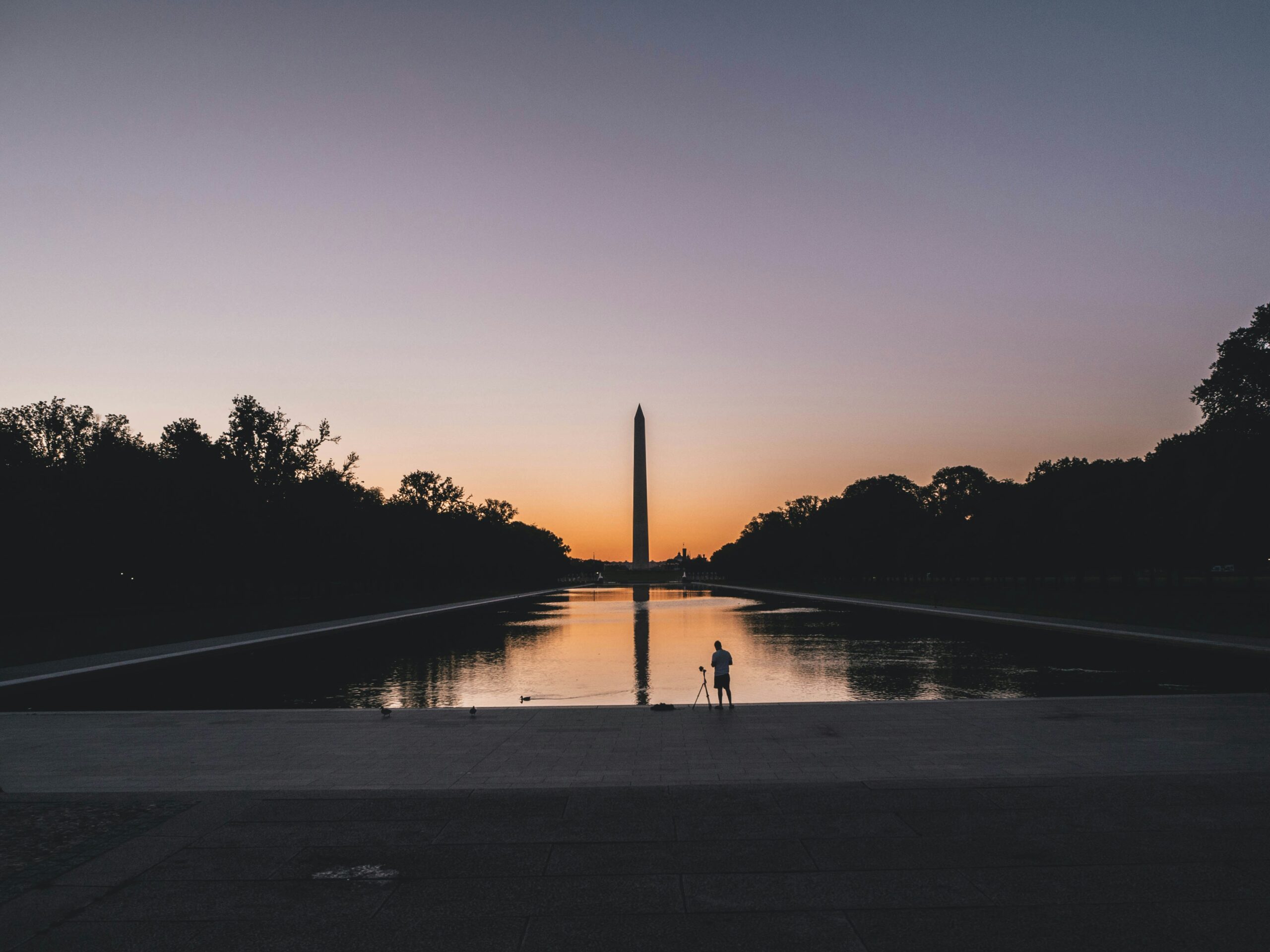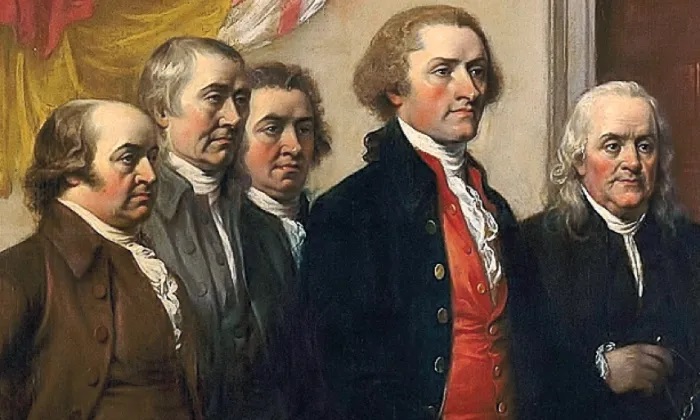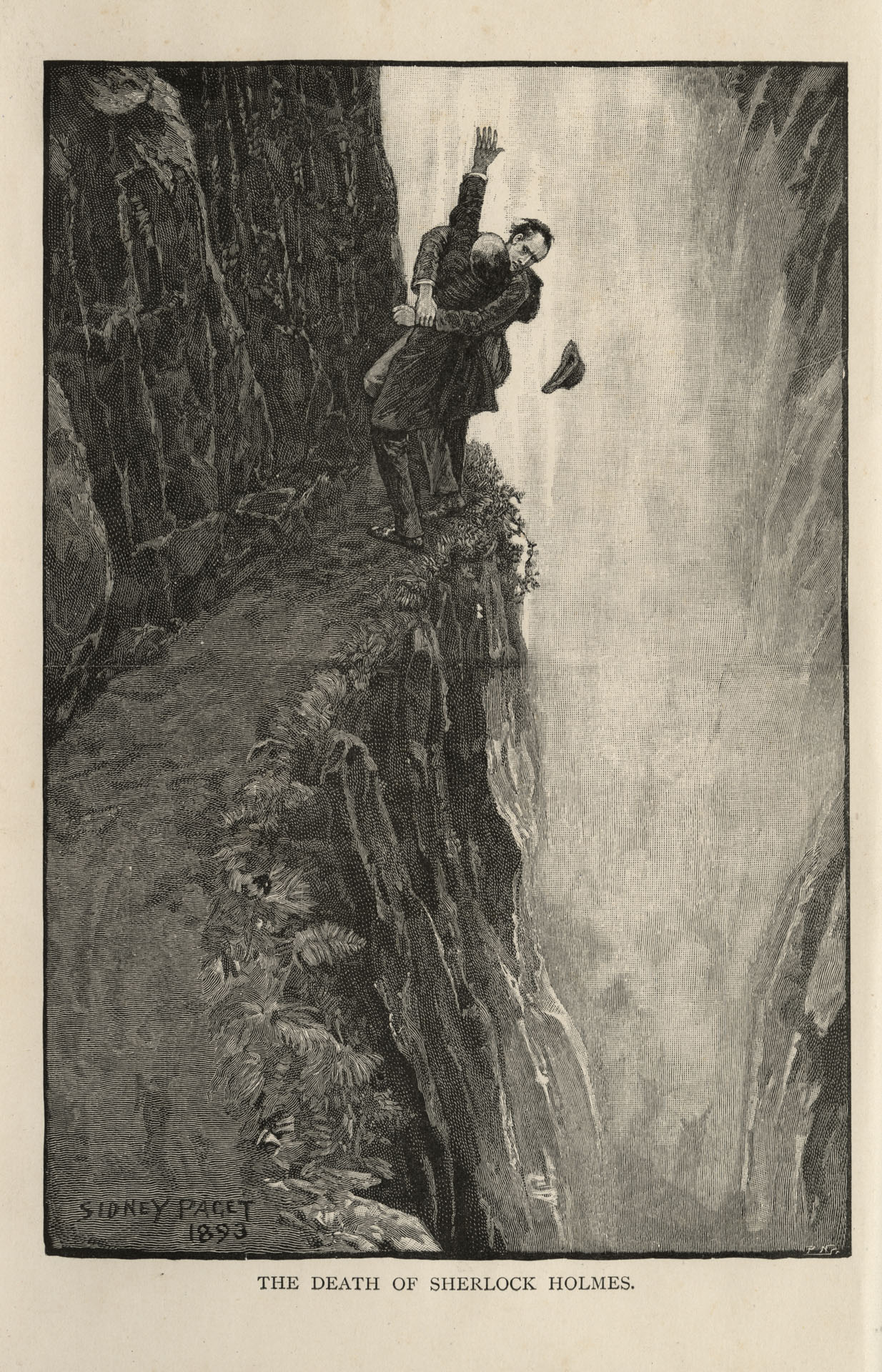13 Hours, a feature-length movie about the 2012 terrorist incident in Benghazi, Libya begins with a title card:
“This is the true story you were never told…”

Movies are different from documentaries. While a documentary aspires to offer the most accurate account possible of people and events, a movie works to tell the essential truth in a format that allows for the compression of time and characters using a dramatic structure.
All the President’s Men, a feature-length film starring Dustin Hoffman and Robert Redford as The Washington Post dynamic duo that exposed the excesses and illegalities committed by President Nixon during Watergate, does a fine job on most of this. Nonetheless, as screenwriter William Goldman points out in writing about his experience on the film, the scene where Post reporter Carl Bernstein fakes out a secretary in order to gain access to a Miami district attorney was a complete fiction.
Does it change the essential truth of the story?
Not really.
However, while I enjoyed the scene, I was disappointed to learn that an otherwise accurate film contained a Hollywoodized scene in a story that already had great material to begin with.
Zero Dark Thirty, a feature about the raid and killing of Osama bin Laden claims that the film is “based on firsthand accounts of actual events.”
However, according to the U.K. newspaper The Telegraph (Jan. 2015), journalist Phil Bronstein attended a screening of the film with the SEAL team member referred to as “The Shooter,” the man who killed the al-Qaeda leader.
“ ‘The Shooter’ had some quibbles,” The Telegraph writes. “For a start, he said, the actors playing Seal Team 6, the special mission unit that staged the raid on bin Laden’s compound, talked too much. No one would ever yell ‘Breacher!’ when calling for someone to blow down a door, he said – you would just put your fist to your helmet; the recognized signal for a Seal with explosive packets to get to work.
“What’s more, when the terrorist leader was finally tracked down, in his bedroom on the third floor of the building, there was no whispered calling out of his name – ‘Osama, Osama’ – to lure him into the open, as happens in the film.”
Do these “quibbles” change the essential truth of the film?
Not really. In order for the audience to understand what’s going on, sometimes it’s necessary to have characters offer exposition that wouldn’t necessarily take place in the actual series of events, a reasonable adjustment.
This brings me to 13 Hours, the feature film that purports to tell the story of the terrorist attack on an American diplomatic compound in Libya which took the lives of four men including American Ambassador J. Christopher Stevens.
When I saw the film’s trailer and read the title card, “This is the true story you were never told…” the first words that came to me were, “Uh, oh.” The filmmakers are directly telling me that pretty much everything that you’re going to see is take-it-to-the-bank accurate. My next thought, “You better have the goods to back-up that statement.”
Now, while I have not yet seen the film, what troubles me are not the “quibbles” about exposition, helmets or how many bombs were thrown into the compound. What troubles me is the fact that an essential plot in the story turns on what one individual says.
In a January 15 story that appeared in The Washington Post, there is “a scene [in the film] in which the highest-ranking CIA operative at a secret agency compound orders his security team to ‘stand down’ rather than rush off to rescue U.S. diplomats under siege less than a mile away.”
You can see where this is going.
“According to the officer in charge of the CIA’s Benghazi base that night, the scene in the movie is entirely untrue.
“ ‘There never was a stand-down order,’ said the base chief known as Bob, speaking publicly for the first time. ‘At no time did I ever second-guess that the team would depart.’ …
“The question of whether someone issued a ‘stand down’ has loomed over Benghazi since the immediate aftermath of the attacks. The initial speculation centered mainly on whether an official in Washington, including then-Secretary of State Hillary Clinton, had impeded rescue attempts — an allegation rejected by a series of congressional inquiries. A 2014 House Intelligence Committee report [and others] found ‘no evidence that there was either a stand down order or a denial of available air support.’ ”
Further, as I reported last October, I read and wrote about the reports from 8 different investigations into Benghazi, including a report from the Accountability and Review Board. All of them have found no evidence that Secretary Clinton personally and deliberately dismissed calls for additional support at the Libyan compound (despite what political candidates say out on the campaign trail).
As the Post story points out, “The book and movie render an unflattering portrait of the CIA and Bob, a former Army medic who spent 32 years with the agency.
“ ‘No one will mistake this movie for a documentary,’ CIA spokesman Ryan Trapani said. ‘It’s a distortion of the events and people who served in Benghazi that night. It’s shameful that, in order to highlight the heroism of some, those responsible for the movie felt the need to denigrate the courage of other Americans who served in harm’s way.’ ” …
“Bob said he first heard gunfire about 9:42 p.m. and suspected immediately that the diplomatic compound was under attack. The handful of U.S. diplomatic security personnel there also alerted the base and the U.S. Embassy in Tripoli.
“Bob said he began calling Libyan groups and making an effort to ‘help get eyes up,’ a reference to surveillance drones that were directed toward the compound. He said the base immediately ‘went into collect mode to try to figure out what was happening to the ambassador’ and said Stevens’s rescue was always a priority.
“According to the book and the movie, the security contractors assembled their weapons and jumped into vehicles to begin a rescue mission. Bob, they said, ordered them to wait.
“Bob acknowledged that he was ‘concerned about an ambush’ and that a departure by the security team would have ‘left our base more vulnerable to attack.’ But, he said, ‘there was never any question that there was going to be a rescue mission’ and no instruction by him to hold off.
“Instead, Bob said he spent much of the immediate period after the attack began, about 20 minutes, standing beside the leader of the GRS team — who still works at the CIA — scrambling to enlist local security teams.
“One of the things he wanted was a gun truck and support. ‘Technicals,’ Bob said. The militias they contacted were evasive. One offered to shelter the U.S. personnel at a nearby militia compound, Bob said, while others ‘didn’t necessarily want to help us, and some just didn’t know what to do.’
“When the team leader realized reinforcements weren’t coming, ‘he left’ with the contractors. ‘If there was any delay, it was a matter of minutes. It took a good 15 to 17 minutes just to get ready,’ Bob said.
“About 10:03 p.m., according to a congressional timeline, the CIA security contractors left for the diplomatic compound. More than 40 minutes later, after parking some distance away and approaching on foot with weapons drawn, they arrived at the facility. Stevens was missing, and Sean Smith, a State Department communications expert, was dead from smoke inhalation inside the diplomatic villa. The attackers were gone.
“A second CIA officer at Benghazi that evening backed Bob’s account.”
In writing about the Harris Report, an investigation buried for some 14 years examining allegations of professional misconduct by the Office of Independent Counsel in 1998 conducted by former Assistant Attorney General for the Criminal Division Jo Ann Harris and her Co-counsel Mary Harkenrider, I sought interviews with Ken Starr, Robert Ray, who took over for Starr and Deputy IC Jackie Bennett. All three of those individuals declined numerous requests. I did speak with former Starr Deputies Robert Bittman and Sol Wisenberg.
I submitted copies of the report to each before interviewing them. Both took issue with some of Harris’s conclusions. Mr. Bittman, in particular, told me point blank, “They went beyond what a typical OPR (Office of Professional Responsibility) investigation would do.”
Following up with Harris, I mentioned Bittman’s comment. Her response was equally direct. “He doesn’t know what he’s talking about. I was raised OPR. I know the policies and procedures.”
In all my work, I always strive to tell the story as accurately as possible within the limits of individuals’ memory.
I mention all this by way of the fact that after an event, you are going to have differences in the details. The job of a journalist, or filmmaker who is making a movie of an actual incident, is to offer the most accurate account of people and events as closely as possible within the context of a movie where reasonable allowances are made to compress time, and events.
13 Hours, The Post writes, “shows Bob wanting to stay behind to collect intelligence and depicts one of the security contractors asking, ‘For what, so more guys like [the two contractors killed] have to save your ass again?’
“ ‘That never happened,’ Bob said. Eyebrows raised, he asked, ‘I was going to stay behind by myself?’ ”
How important is the truth?
While movies are given reasonable allowances, when it comes to a critical plot point that turns on whether someone gave an order or not, there can be no “reasonable allowances.” It either happened, or it did not happen and if you begin a movie with, “This is the true story you were never told…” you better be prepared to back it up with the absolute truth.
Comments









